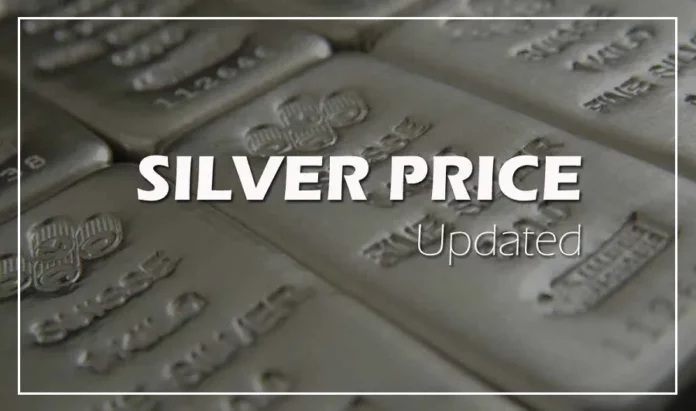The Reserve Bank of India (RBI) has now permitted loans against silver, in addition to gold.
This means that people who have silver jewellery or coins can now take a loan against them from banks or finance companies.
These new rules come under the Reserve Bank of India Directions, 2025, which include all regulations related to pledging gold and silver. They will come into effect on April 1, 2026.
Who Can Offer These Loans?
The following institutions will be allowed to give loans against gold and silver:
Commercial Banks, including small finance and regional rural banks
Urban and Rural Co-operative Banks
NBFCs (Non-Banking Financial Companies) and Housing Finance Companies
Who Can Avail These Loans?
RBI has clarified that loans can be given only against gold or silver held in the form of ornaments, jewellery, or coins.
Loans cannot be taken against:
Bullion (pure gold or silver bars)
Financial assets linked to gold or silver, such as Gold ETFs or mutual fund units
Eligible Jewellery or Coin Limits
You can pledge the following maximum quantities:
Gold jewellery: up to 1 kg
Silver jewellery: up to 10 kg
Gold coins: up to 50 grams
Silver coins: up to 500 grams
Loans will not be available for jewellery or coins beyond these limits.
Loan-to-Value (LTV) Ratio
RBI has set the maximum loan amount you can receive based on the value of gold or silver pledged:
Up to 85% of the value for loans up to ₹2.5 lakh
Up to 80% for loans between ₹2.5 lakh and ₹5 lakh
Up to 75% for loans above ₹5 lakh
For example, if your silver is worth ₹1 lakh, you can get a maximum loan of ₹85,000.
How Valuation Will Be Done
The value of gold or silver will be determined using:
The average closing price of the last 30 days, or
The previous day’s closing price—whichever is lower.
This price will be based on data from the India Bullion and Jewellers Association (IBJA) or a recognized commodity exchange.
Loan Process and Documentation
The pledged jewellery or silver will be inspected in the borrower’s presence.
The bank will provide a certified valuation report.
The loan agreement will mention all charges, auction rules, and refund timelines.
Documents will be given in the local or preferred language of the customer.
The pledged gold or silver will be kept in a secure bank vault, accessible only to authorized staff.
Regular audits and inspections will also take place.
Return of Jewellery After Loan Repayment
Once the borrower repays the full loan amount, the bank must return the pledged jewellery or silver within seven working days.
If the delay is caused by the bank, the customer will receive compensation of ₹5,000 per day.
If the Loan Is Not Repaid
If the borrower fails to repay the loan:
The bank can auction the pledged gold or silver.
A notice will first be sent to the customer.
If the customer cannot be reached, a public notice will be issued, giving one month’s time.
The reserve price of the auction cannot be less than 90% of the current price.
If the auction fails twice, the reserve price may be reduced to 85%.
Unclaimed Jewellery After Two Years
If a borrower does not collect their jewellery or silver even two years after full loan repayment, the bank will mark it as unclaimed collateral.
The bank will then start a special campaign to contact the customer or their legal heirs.
